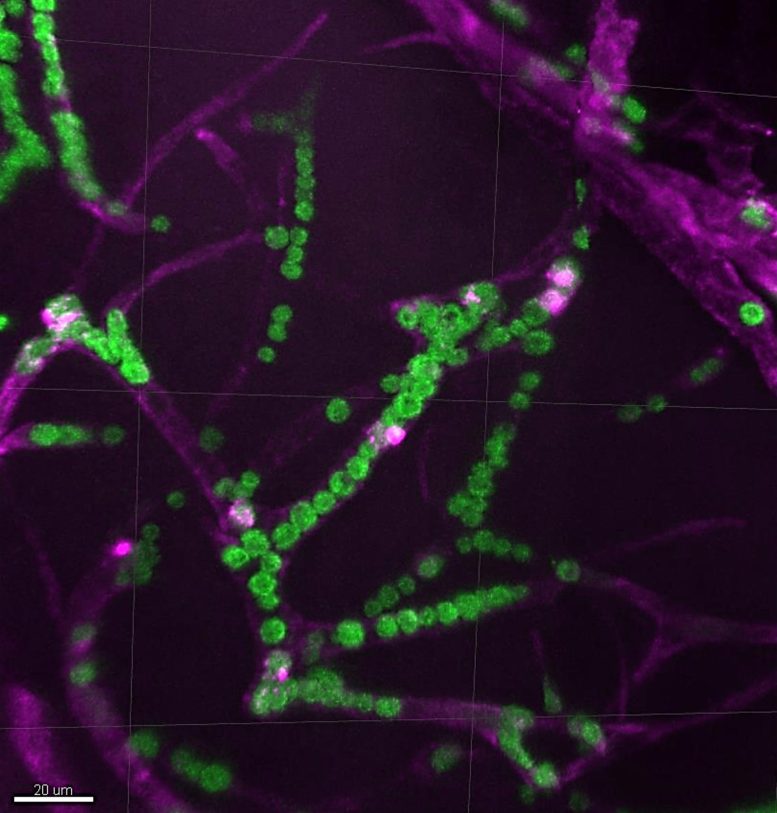Alongside advances in space exploration, we’ve recently seen much time and money invested into technologies that could allow effective space resource utilisation. And at the forefront of these efforts has been a laser-sharp focus on finding the best way to produce oxygen on the Moon.
In October, the Australian Space Agency and NASA signed a deal to send an Australian-made rover to the Moon under the Artemis program, with a goal to collect lunar rocks that could ultimately provide breathable oxygen on the Moon.
Although the Moon does have an atmosphere, it’s very thin and composed mostly of hydrogen, neon, and argon. It’s not the sort of gaseous mixture that could sustain oxygen-dependent mammals such as humans.
That said, there is actually plenty of oxygen on the Moon. It just isn’t in a gaseous form. Instead, it’s trapped inside regolith — the layer of rock and fine dust that covers the Moon’s surface. If we could extract oxygen from regolith, would it be enough to support human life on the Moon?
THE BREADTH OF OXYGEN
Oxygen can be found in many of the minerals in the ground around us. And the Moon is mostly made of the same rocks you’ll find on Earth (although with a slightly greater amount of material that came from meteors).
Minerals such as silica, aluminium, and iron and magnesium oxides dominate the Moon’s landscape. All of these minerals contain oxygen, but not in a form our lungs can access.
On the Moon, these minerals exist in a few different forms including hard rock, dust, gravel, and stones covering the surface. This material has resulted from the impacts of meteorites crashing into the lunar surface over countless millennia.
Some people call the Moon’s surface layer lunar “soil”, but as a soil scientist, I’m hesitant to use this term. Soil as we know it is pretty magical stuff that only occurs on Earth. It has been created by a vast array of organisms working on the soil’s parent material — regolith, derived from hard rock — over millions of years.
The result is a matrix of minerals which were not present in the original rocks. Earth’s soil is imbued with remarkable physical, chemical, and biological characteristics. Meanwhile, the materials on the Moon’s surface is basically regolith in its original, untouched form. READ MORE...





